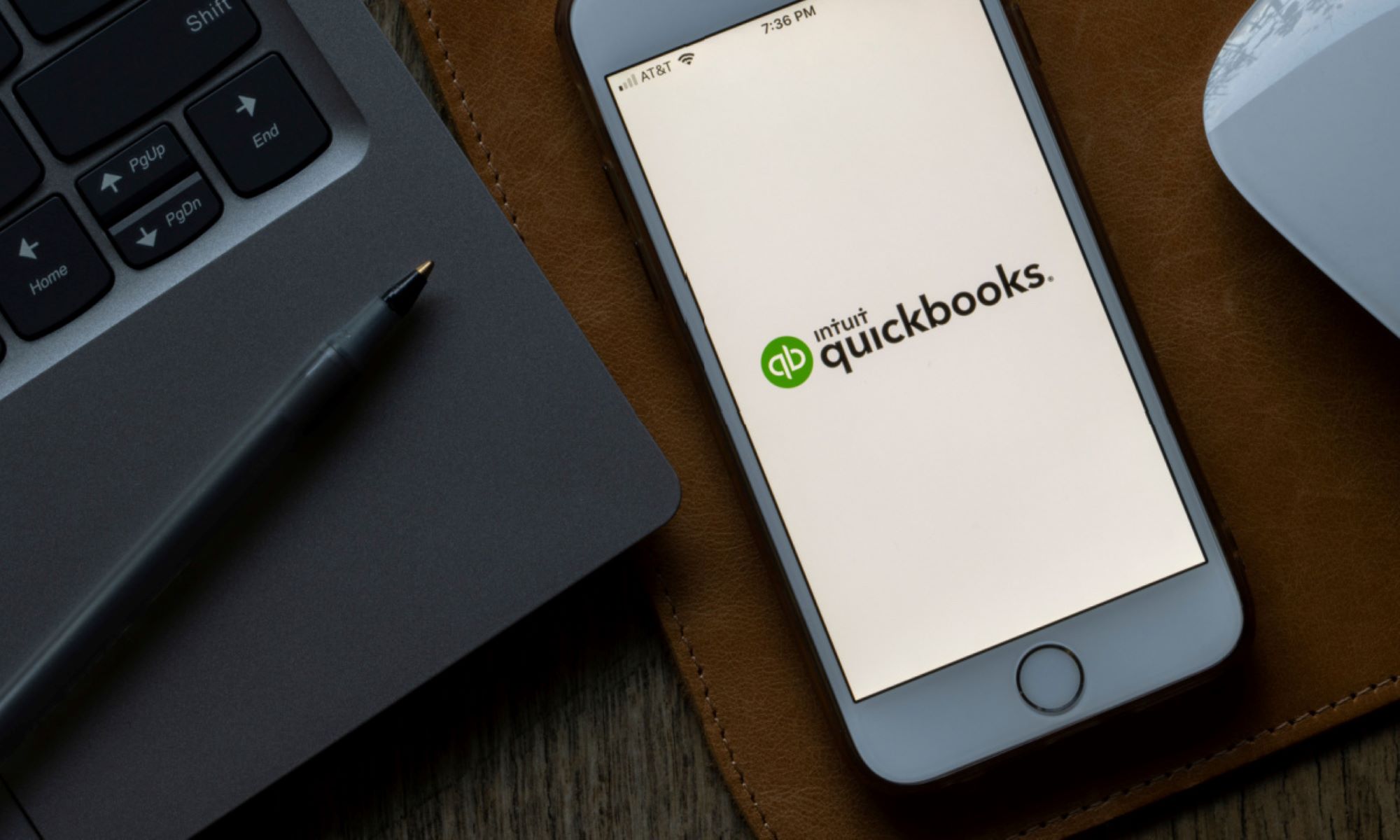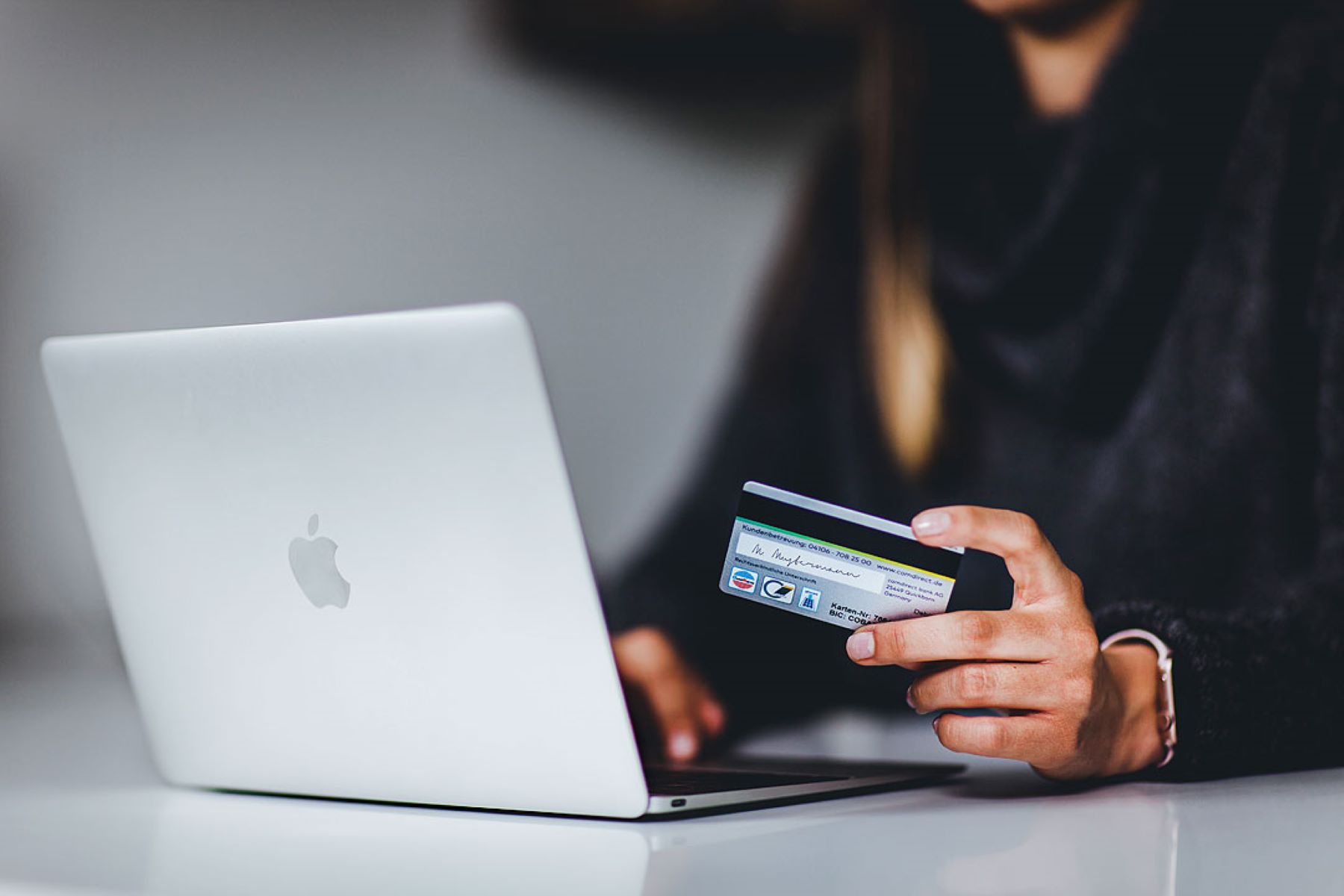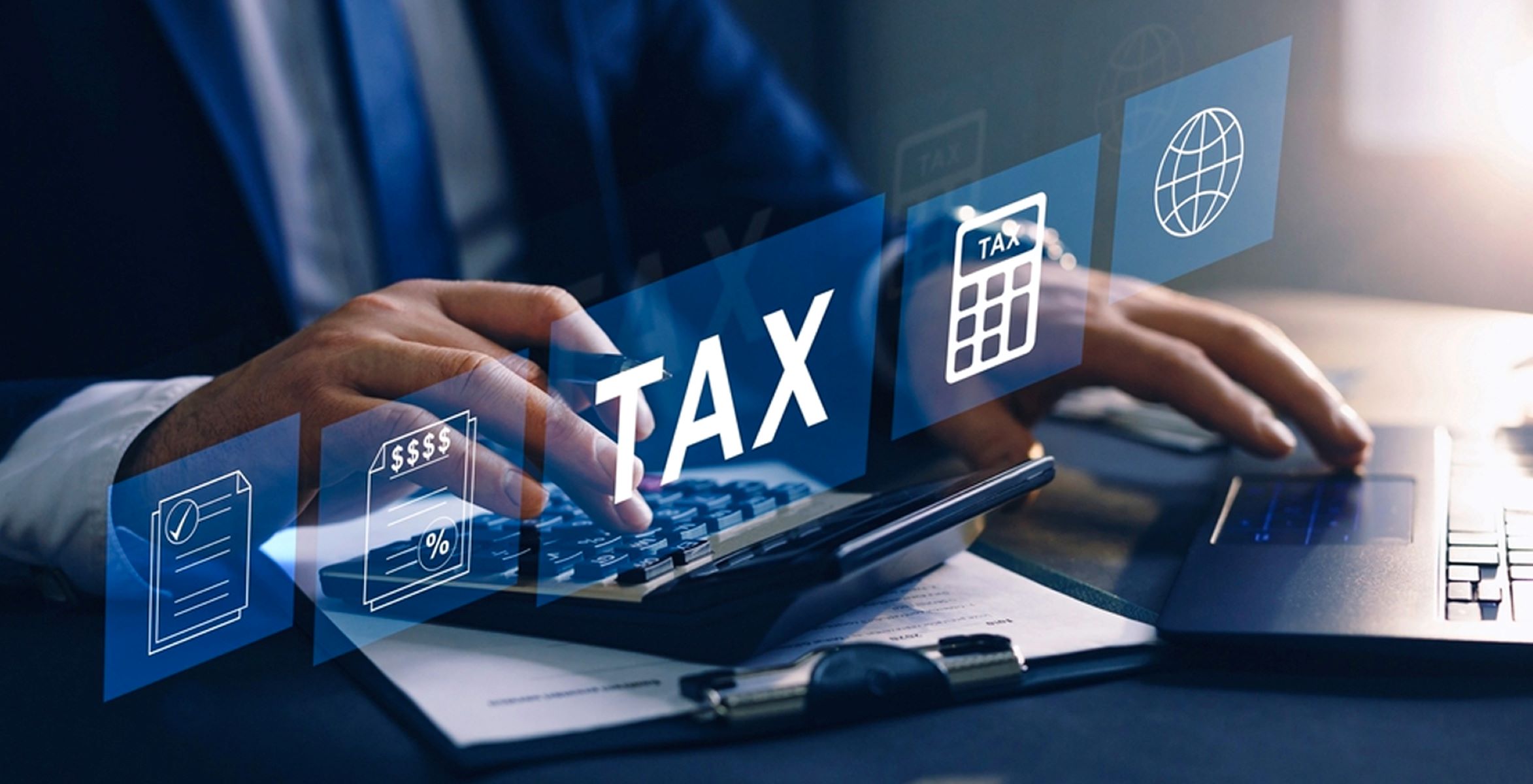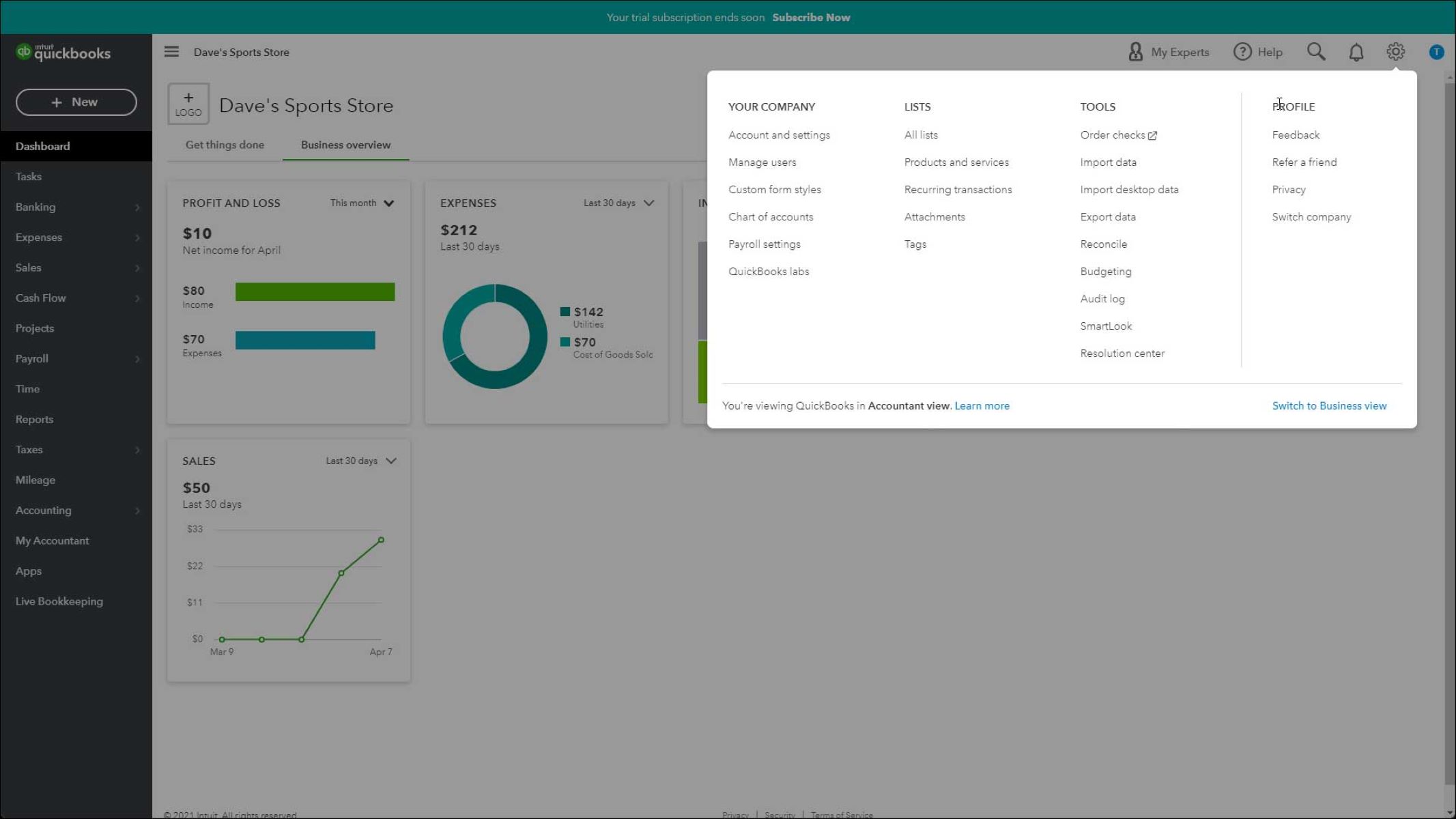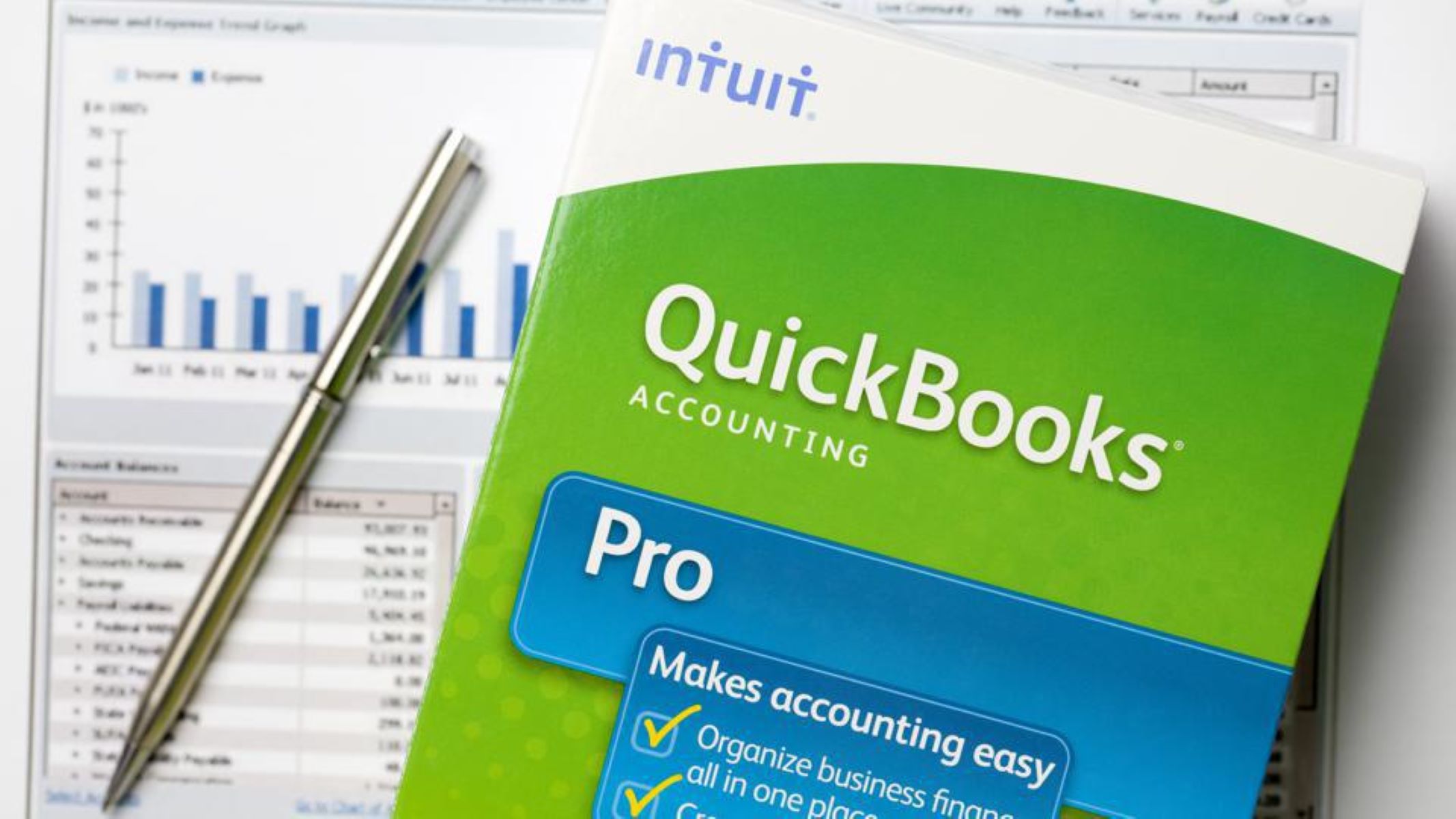Introduction
Welcome to the world of QuickBooks Desktop! Whether you’re a small business owner, a freelancer, or an accountant, QuickBooks Desktop is a powerful tool that can help you manage your finances efficiently. In this guide, we will walk you through the step-by-step process of downloading QuickBooks Desktop and getting it up and running on your computer.
QuickBooks Desktop offers a wide range of features that can streamline your bookkeeping tasks and save you valuable time. From tracking income and expenses to generating reports, QuickBooks Desktop provides the tools you need to stay organized and make informed financial decisions.
Before we dive into the downloading process, it’s important to note that QuickBooks Desktop is available in different versions, tailored to meet the specific needs of various industries. Whether you’re running a retail shop, a construction company, or a non-profit organization, there’s a QuickBooks Desktop version that’s right for you.
Additionally, it’s essential to check the system requirements before downloading QuickBooks Desktop. Your computer needs to meet certain specifications to ensure optimal performance and compatibility. Don’t worry – we’ll cover all the necessary details in the following steps.
So, if you’re ready to take control of your finances and simplify your bookkeeping tasks, let’s get started on the journey of downloading QuickBooks Desktop!
Step 1: Sign up for a QuickBooks account
The first step in downloading QuickBooks Desktop is to sign up for a QuickBooks account. Follow these easy steps to get started:
- Go to the QuickBooks website: Open your preferred web browser and navigate to the official QuickBooks website.
- Click on “Sign up” or “Start free trial”: Look for the option to sign up for a new account or start a free trial. Click on the appropriate button to proceed.
- Provide your personal information: Fill in the required fields with your name, email address, and phone number. Create a strong password to protect your account.
- Choose your business type: Select the option that best describes your business or professional activity. This information will help QuickBooks tailor its features to your specific needs.
- Answer a few simple questions: QuickBooks will ask a series of questions to better understand your business and provide relevant recommendations. Answer them accurately to get the most out of your QuickBooks experience.
- Review and accept the terms of service: Take a moment to read through the terms of service and privacy policy. If you agree with the terms, click on the checkbox to indicate your acceptance.
- Click on “Continue” or “Sign up”: Once you’ve completed all the required fields and reviewed the terms of service, click on the button to continue with the signup process.
- Verify your email address: QuickBooks will send a verification email to the address you provided during signup. Open your email inbox, locate the email from QuickBooks, and follow the instructions to verify your email address.
Once you’ve completed these steps, congratulations! You’ve successfully signed up for a QuickBooks account. Now you’re ready to proceed to the next step of downloading QuickBooks Desktop.
Step 2: Choose the right version of QuickBooks Desktop for your needs
Now that you have a QuickBooks account, it’s time to choose the right version of QuickBooks Desktop that suits your business or professional requirements. QuickBooks offers different versions with specific features designed to cater to various industries. Follow these steps to find the perfect fit:
- Visit the QuickBooks website: Open your web browser and go to the official QuickBooks page.
- Explore the available versions: Look for the “Products” or “Solutions” section on the website. Here, you’ll find an overview of the different QuickBooks Desktop versions.
- Review the features: Click on each version to learn more about its capabilities. Take note of the features that are most important to your business, such as inventory management, advanced reporting, or job costing.
- Consider your industry: QuickBooks Desktop offers industry-specific versions tailored to the unique needs of various sectors. If you run a retail store, a contracting business, or a non-profit organization, there’s likely a version designed specifically for you.
- Compare pricing options: Take a look at the pricing options for each QuickBooks Desktop version. Consider the features included in each package and how they align with your budget.
- Read customer reviews and testimonials: To get a better understanding of how each version performs in real-world scenarios, read customer reviews and testimonials. Pay attention to feedback from businesses similar to yours.
- Make your selection: Armed with all the information, select the version of QuickBooks Desktop that best meets your needs. Click on the “Buy Now” or “Get Started” button to proceed with the download.
Remember, choosing the right version of QuickBooks Desktop is essential to ensure that you have access to all the necessary features for your business. Take your time to evaluate your options and make an informed decision based on your specific requirements.
Step 3: Check your system requirements
Before downloading QuickBooks Desktop, it’s crucial to ensure that your computer meets the minimum system requirements. This will ensure a smooth installation and optimal performance. Follow these steps to check your system requirements:
- Refer to the official QuickBooks website: Visit the QuickBooks website and navigate to the page that provides the system requirements for QuickBooks Desktop. Usually, this information can be found in the “Support” or “Resources” section of the website.
- Choose the correct version: Make sure you are looking at the system requirements for the specific version of QuickBooks Desktop that you intend to download.
- Check the operating system requirements: Verify that your computer’s operating system is compatible with QuickBooks Desktop. This includes checking the version of Windows or macOS that is supported.
- Review the hardware specifications: Take note of the minimum processor speed, RAM, and hard disk space required for QuickBooks Desktop. Ensure that your computer meets or exceeds these specifications.
- Consider additional requirements: Some versions of QuickBooks Desktop may have additional requirements, such as an internet connection, specific browser compatibility, or the need for Adobe Reader to view reports.
- Perform a system check: If you’re unsure about your computer’s specifications, QuickBooks provides a system diagnostic tool that can assess your computer and highlight any potential issues.
- Upgrade if necessary: If your computer does not meet the minimum requirements, consider upgrading the necessary hardware components or updating your operating system to a compatible version.
By ensuring that your computer meets the system requirements, you can prevent installation errors or performance issues when downloading QuickBooks Desktop. It’s crucial to have a stable and capable system to fully utilize all the features of the software.
Step 4: Download QuickBooks Desktop
Now that you have a QuickBooks account and have checked your system requirements, it’s time to download QuickBooks Desktop onto your computer. Follow these steps to get started:
- Login to your QuickBooks account: Visit the QuickBooks website and login to your account using the credentials you created during the signup process.
- Select the version you purchased: If you have already purchased a version of QuickBooks Desktop, ensure that you select the correct version from your account dashboard.
- Click on the download link: Look for the download link or button associated with your version of QuickBooks Desktop. Click on it to initiate the download.
- Save the installer file: Once the download begins, choose a location on your computer to save the installer file. It’s recommended to save it on your desktop or in a dedicated folder for easy access.
- Wait for the download to complete: Depending on your internet speed, the download may take some time. Wait patiently for the download to finish.
That’s it! You have successfully downloaded the QuickBooks Desktop installer file onto your computer. Now, you’re ready to move on to the next step of installing QuickBooks Desktop on your computer. Keep the downloaded file in a safe location, as you will need it for the installation process.
Step 5: Install QuickBooks Desktop on your computer
Now that you’ve downloaded the QuickBooks Desktop installer file, it’s time to install the software onto your computer. Follow these steps to complete the installation:
- Locate the downloaded installer file: Depending on your system settings, the downloaded installer file may be in your Downloads folder or the location you selected during the download process.
- Double-click on the installer file: Find the installer file on your computer and double-click on it to start the installation process.
- Review the license agreement: Read through the QuickBooks Desktop license agreement. If you agree with the terms, click on the checkbox indicating your acceptance.
- Choose the installation location: You will be prompted to choose the location where you want to install QuickBooks Desktop. Select a suitable location on your computer’s hard drive.
- Select the installation type: QuickBooks offers two types of installations – Express and Custom. The Express installation will install QuickBooks with the recommended settings. If you prefer more control over the installation process, choose the Custom installation option.
- Wait for the installation to complete: Once you’ve selected the installation type and location, click on the Install button and wait for the installation process to finish. This may take a few minutes.
- Configure preferences (optional): After the installation is complete, you will have the option to configure certain preferences, such as setting up automatic updates or opting to send usage data to QuickBooks.
- Launch QuickBooks Desktop: Once you’ve finished configuring the preferences, click on the Finish button. QuickBooks Desktop will launch automatically, and you’ll be prompted to activate the software.
Great job! You’ve successfully installed QuickBooks Desktop on your computer. The next step involves activating your QuickBooks Desktop software to start using its full range of features.
Step 6: Activate QuickBooks Desktop
After installing QuickBooks Desktop on your computer, the next step is to activate the software. Activation ensures that you can access all the features and functionalities of QuickBooks Desktop. Follow these steps to activate QuickBooks Desktop:
- Launch QuickBooks Desktop: Double-click on the QuickBooks Desktop icon on your desktop or navigate to its location on your computer and open the application.
- Sign in to your QuickBooks account: Enter your QuickBooks account credentials, including your email address and password, to log in to your account within the QuickBooks Desktop application. This will link your software to your QuickBooks account.
- Enter your product key: Locate your QuickBooks Desktop product key. This key is a unique code consisting of a series of numbers and letters. Enter the product key when prompted during the activation process.
- Follow the on-screen instructions: QuickBooks will guide you through the activation process, which may involve validating your product key, confirming your account information, or verifying your license details.
- Connect to the internet: Ensure that your computer is connected to the internet during the activation process. This will allow QuickBooks to validate your product key and activate your software successfully.
- Complete the activation: Once you’ve provided all the necessary information and your product key is validated, click on the Activate button to complete the activation process.
Congratulations! You have now successfully activated QuickBooks Desktop on your computer. Your software is ready to use, and you can start exploring its powerful features to manage your finances more efficiently.
Step 7: Set up your company file
Now that QuickBooks Desktop is activated, it’s time to set up your company file. The company file contains all the financial data and information specific to your business. Follow these steps to set up your company file in QuickBooks Desktop:
- Open QuickBooks Desktop: Launch the QuickBooks Desktop application on your computer by double-clicking on its icon.
- Click on “Create a new company”: From the QuickBooks Home screen, choose the option to “Create a new company” to begin the setup process.
- Enter your company details: Provide all the necessary information about your business, including the company name, address, contact details, and fiscal year. These details will be used to customize your company file and reports.
- Choose your industry: Select the industry that best represents your business from the industry list provided by QuickBooks. This selection helps tailor the default accounts and settings to align with your specific industry needs.
- Set up your chart of accounts: The chart of accounts lists all the categories of income, expenses, assets, and liabilities specific to your business. Customize the chart of accounts to match your business structure and financial reporting requirements.
- Add your opening balances: If you are migrating from a previous accounting system, you will need to enter the opening balances for your accounts. This ensures accurate financial reporting from the start.
- Configure your preferences: QuickBooks Desktop provides various preferences that allow you to customize your accounting settings. Set preferences such as sales tax, inventory tracking, payment terms, and more to align with your business processes.
- Set up users and permissions: If you have multiple employees or want to grant access to certain individuals, set up users and permissions within QuickBooks Desktop. This allows you to control who can perform specific tasks and access sensitive financial information.
- Save and start using your company file: Once you’ve completed all the necessary setup steps, save your company file in a secure location on your computer or network. You can now start using QuickBooks Desktop to manage your financial transactions and generate reports.
Congratulations! You have successfully set up your company file in QuickBooks Desktop. Take some time to explore the various features and tools available to streamline your accounting processes and gain valuable insights into your business finances.
Conclusion
Congratulations on successfully downloading, installing, and activating QuickBooks Desktop on your computer! By following the step-by-step process outlined in this guide, you have taken a significant step towards efficiently managing your business finances and making informed financial decisions.
Throughout this guide, you learned how to sign up for a QuickBooks account, choose the right version of QuickBooks Desktop for your needs, check your system requirements, download the software, install it on your computer, activate it, and set up your company file. These steps ensure that you have a solid foundation for using QuickBooks Desktop to its fullest potential.
Remember, QuickBooks Desktop offers a wide range of features and tools designed to streamline your bookkeeping tasks, generate accurate reports, track expenses and income, and provide valuable insights into your business’s financial health. Take the time to explore the software, customize it to match your unique business needs, and leverage its capabilities to optimize your financial management.
Should you encounter any issues or have further questions, QuickBooks provides extensive support resources, including help articles, community forums, and direct support options. Don’t hesitate to reach out for assistance whenever you need it.
Now that you have the power of QuickBooks Desktop at your fingertips, you can focus more on growing your business and less on managing your finances. Embrace this powerful tool, and enjoy the benefits of a streamlined accounting system that will save you time and effort in the long run.
Good luck on your QuickBooks Desktop journey, and here’s to your business’s continued success!







